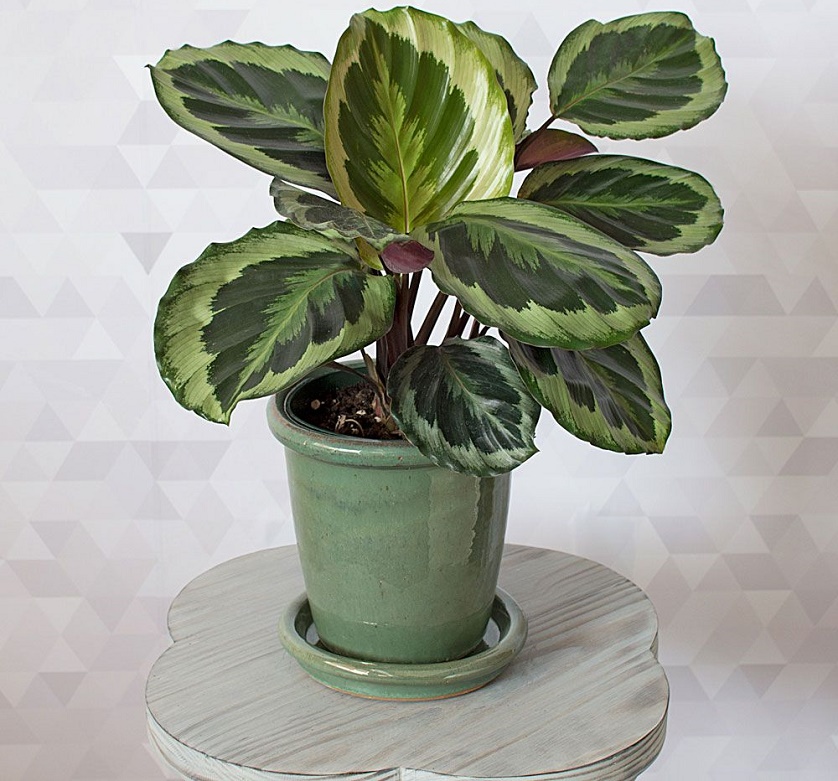
Judging by my forest-like living room, I can definitely say that I have a thing for houseplants. The last plant I bought for myself was a calathea flower. Although I had already sworn not to bring in any additional plants, I just couldn’t stay immune to its beauty. The calathea, also nicknamed the peacock plant, is flamboyant and unique just like the bird. It’s luscious foliage displays a vivid mixture of deep green with splashes of red, maroon, pink or white, making it an unforgettable decorative feature, rivalling any expensive artwork.
But another reason I was drawn to it, besides its captivating beauty, is that the calathea flower is relatively easy to care for. This makes it a great choice for people with a busy lifestyle or with a large plant collection like myself. If you’re considering getting a calathea plant for your home, the following information can teach you how to properly take care of it.
Light Needs
Being a plant that’s native to tropical forests, the calathea is often classified as a low light plant. However, don’t let this fool you into thinking that it needs no light at all. In fact, plants considered low light thrive best when they get filtered and indirect light. With that being said, try to find your calathea a spot in front of a north-facing window, or an east or west-facing window with blinds or sheer curtains. If you notice that it curves its leaves inwards, it means it’s getting too much light which can cause its beautiful shades to fade.
Watering
As a tropical plant, the calathea likes to be moist, but not soggy. Too much water and its small, delicate root system can get overwhelmed. So, try to lightly water it daily without drenching the soil. A sign that you’re overdoing it is when the bottom leaves turn yellow. A container with holes can provide adequate drainage so that the plant doesn’t sit in standing water. When watering, avoid using cold water as it can cause leaf spotting.
Type of Soil and Fertilizing
Considering how these delicate flowers don’t like their roots to get wet but at the same time love humid conditions, picking the right type of soil to plant them in can be tricky. A helpful tip is to use a potting mix that stays moist but drains well. A porous organic mix made of peat moss and perlite is usually the recommended choice. If you provide the plant with the right water, soil, and light conditions, it won’t need fertilizing. But if you really want to speed up growth and encourage thicker foliage, you can apply a liquid fertilizer high in nitrogen every month or so.











